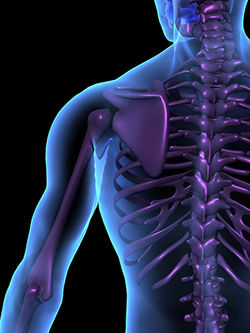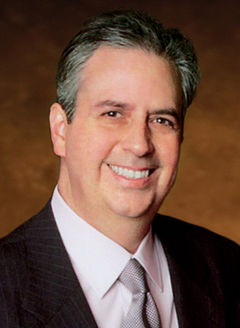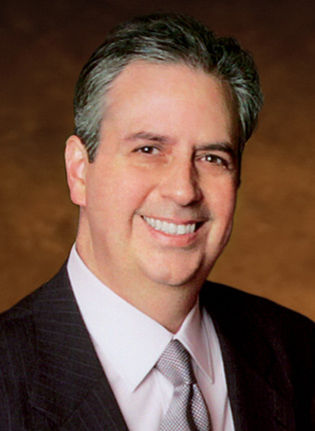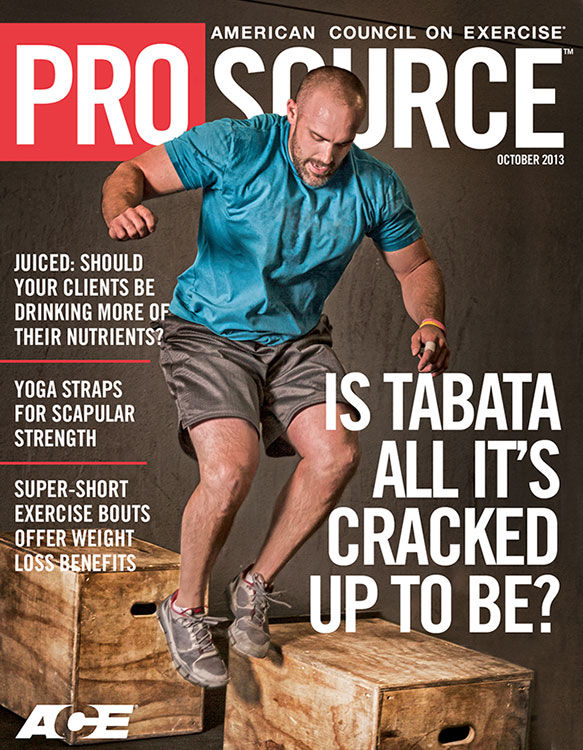
Musculoskeletal ailments have surpassed the common cold as the number one reason for physician visits in this country, due in part to our aging population as well as the “beat up” Baby Boomer generation. The result is that more and more individuals with vulnerable, aging frames are trying to stay active—or should be more active. This presents many challenges in the world of fitness.
When a friend of mine decided it was time to hang up his basketball shoes and find a lower-impact exercise, he bought some goggles and took up swimming, often considered the perfect activity for all-around conditioning. Next thing you know, he’s seeing the doctor for shoulder trouble. It seems the repetitive motion was inflaming an old injury from a bicycle accident years before. It took months of physical therapy and hard work before he was back to normal. My friend had never self-tested to monitor the old weak link or get any coaching from a certified professional to help him develop a well-rounded conditioning program. And when it reemerged as a serious problem, he was not well-served by his general practitioner (GP), who prescribed rest and ibuprofen. When things didn’t get better, the doctor offered a cortisone injection to reduce the inflammation, but the focus was entirely on pain reduction. He never addressed the issue of impingement, or rotator-cuff weakness and imbalance. What the GP didn’t consider was the way in which the old bicycle injury had distorted the action of my friend’s shoulder. When he took up swimming, it was this distortion that set him up for trouble.
When my friend at last saw an orthopedist, the first thing the specialist pointed out was that the shoulder had become locked into a very limited range of motion. Pain was one consideration, but the pain and inflammation were never going to go away until the “rusty” shoulder was “oiled,” in a sense, and gradually brought back to moving in its normal arc. Also, once it became stiff, significant weakness set in and a downhill cycle began. Pain led to disuse, which led to stiffness, weakness and, ultimately, more pain. Tremendous effort was needed to gradually get the joint self-lubricating, moving and strong again. That therapy might not have been necessary if the weak link, the distortion from the earlier injury, had been spotted and dealt with earlier.
Physical therapists are usually charged with treating a specific injured joint or area and don’t typically take a whole-body approach to musculoskeletal fitness. That’s where fitness professionals come in. After an individual emerges from physical therapy, or before he or she gets there in the first place, your goal is to design a balanced fitness program. Fitness professionals can do that more effectively by learning to identify their clients’ muscle imbalances, areas of weakness or tightness, deficits in balance or proprioception and loss of range of motion.
As previously mentioned, musculoskeletal ailments are the number one reason for doctor visits, accounting for as much as 15 percent of our healthcare dollars. One of every four or five primary care visits are for a musculoskeletal problem.
However, musculoskeletal training comprises less than 5 percent of the medical school curriculum. Joseph Bernstein, M.D., a researcher at the University of Pennsylvania Medical School in Philadelphia, studied the results of an examination on the basics of musculoskeletal medicine given to all of Penn’s incoming surgical and medical residents, regardless of their intended fields of specialization. Musculoskeletal problems are confronted by doctors in a number of specialties, including family practice, internal medicine, pediatrics, emergency medicine, rheumatology and, of course, orthopedics. Even so, 82 percent of these recent medical school graduates failed to demonstrate basic competency in the musculoskeletal examination.
Unfortunately, non-specialists are woefully unprepared to assist those who seek help for musculoskeletal issues. And most physicians do not have adequate training in the promotion and prescription of exercise. They also don’t have the time or an insurance reimbursement incentive. That means they’re not really up to the task of trying to activate the many sedentary patients that visit them each day—especially the increasing number that show up with musculoskeletal ailments and damaged frames.
The above scenarios present a real challenge, especially in the critical overlap area of public health and physical activity. What we have is, really, a double whammy. Doctors are needlessly slowing down or stopping the many walking wounded who usually can continue some form of exercise in a modified manner. At the same time, doctors are not able to effectively “treat” sedentary behavior, one of the leading causes of morbidity and mortality in this country.
What does all this have to do with fitness professionals like you?

Fitness professionals in the trenches will be seeing more and more individuals who want to be fit and active, but are challenged with frame-related issues: bum knees, sore shoulders, and low backs that go out more than they do. As a fitness professional, you need to raise your awareness of these issues, and learn ways to modify exercise routines. During the initial stages of working with a new client, you should adhere to the protocol of the ACE Integrated Fitness Training® (ACE IFT®) Model, which includes postural assessments and movement screens. The results of these tests should then dictate how you proceed with developing each client's individualized exercise program.
In my experience, approximately 80 percent of adults will require some customization of their fitness routines because of musculoskeletal issues. Orthopedic-specific continuing education and advanced certifications, such as the ACE Orthopedic Exercise and Therapeutic Exercise Specialty Certifications, are essential to this area. If you need to brush up on assessment techniques, ACE's Integrated Fitness Training (ACE IFT) Model: 1-day Workshop may be a good place to start. Also, we need to move toward better communication and collaboration between physicians, athletic trainers, physical therapists and fitness professionals.
I believe the fitness community can rise to this challenge, and I hope the medical community responds by providing partnerships that will promote safe fitness and enhance the health, both general and musculoskeletal, of our population. Exercise used wisely has transformative power. We know that “exercise is medicine” and, like any medication, care must be taken in its prescription. You can make a difference in the lives of an ever-increasing group of clients by expanding your knowledge base in this very important area.





 by
by 



